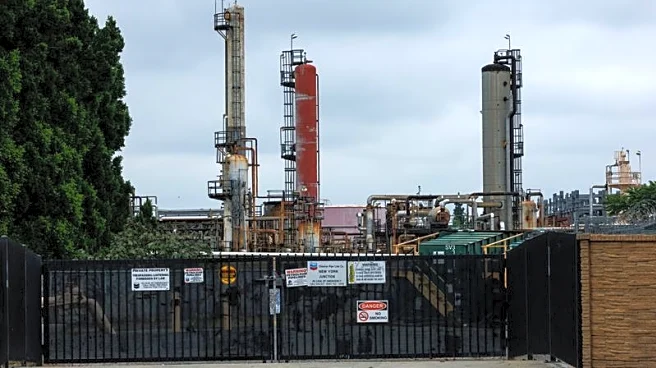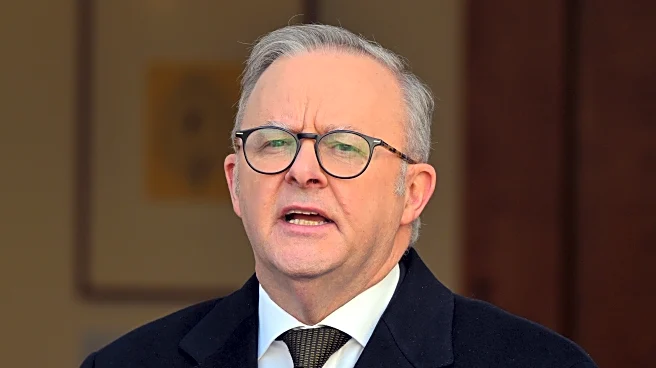GENEVA (AP) — As nations began a second week of negotiations Monday for a global accord to end plastic pollution, an artist heaped piles of plastic waste onto a large sculpture in front of the United Nations office.
Delegates to the treaty talks pass by the sculpture daily in a reminder of their responsibility to solve the plastic pollution crisis. The talks are scheduled to conclude Thursday.
Benjamin Von Wong, a Canadian artist and activist, designed the nearly 6 meter (18 foot) sculpture called
the “Thinker’s Burden” and built it with a team. It's his take on the famous sculpture by Auguste Rodin, “The Thinker” in Paris. There is a male figure in deep thought, like Rodin depicted. But instead of sitting atop a rock, Von Wong's figure sits atop Mother Earth while cradling a baby and clutching plastic bottles. A strand of DNA intertwines them to highlight the health impacts of plastic pollution.
With the help of volunteers, Von Wong is adding plastic waste to the installation over the course of the negotiations to reflect the growing cost of inaction. He climbed a ladder Monday to reach the top of the sculpture and weave plastic bottles through the DNA. He put a plastic toy car in front.
“By the end of this week, we should have a sculpture almost completely drowned in plastics, however, the hope is, a strong and ambitious plastics treaty means that we can solve this problem once and for all,” he said.
The Minderoo Foundation, an Australian philanthropic organization, was the largest donor for the project. Local nonprofits and community groups collected the plastic trash.
Standing by the sculpture, Maria Ivanova, an expert in international environmental governance, said it “wakes you up.” Ivanova is the co-director of the Plastics Center at Northeastern University in Boston.
“People don’t change their minds because of facts. They do because of feelings,” she said. “And this is where I think art is absolutely critical to shift the needle on policy.”
Delegates and tourists stopped to ask Von Wong about his work and pose for photos in front of it. Michael Bonser, head of the Canadian delegation, called the artwork “extraordinarily profound.”
“It gives us a sense, every day, of what we need to be doing inside the room, what we need to walk out with. And that's a deal that allows us to reverse the trend,” he said. “That's going to be challenging, but I think it's possible.”
About 3,700 people are taking part in the talks, representing 184 countries and more than 600 organizations. They are crafting the first global, legally binding treaty on plastics pollution.
Many agree the pace of the negotiations needs to speed up. They arrived in Geneva with hundreds of disagreements to be resolved. The number of unresolved issues grew last week, instead of shrinking.
European Commissioner Jessika Roswall said she's concerned about the lack of progress, and “it's time to get results.” Roswall is commissioner for environment, water resilience and a competitive circular economy.
United Nations Environment Programme Executive Director Inger Andersen told reporters it's still possible to agree on a treaty this week that ends plastic pollution.
“This is within grasp,” Andersen said. “The window remains open to leave Geneva with this treaty.”
___
The Associated Press’ climate and environmental coverage receives financial support from multiple private foundations. AP is solely responsible for all content. Find AP’s standards for working with philanthropies, a list of supporters and funded coverage areas at AP.org.













